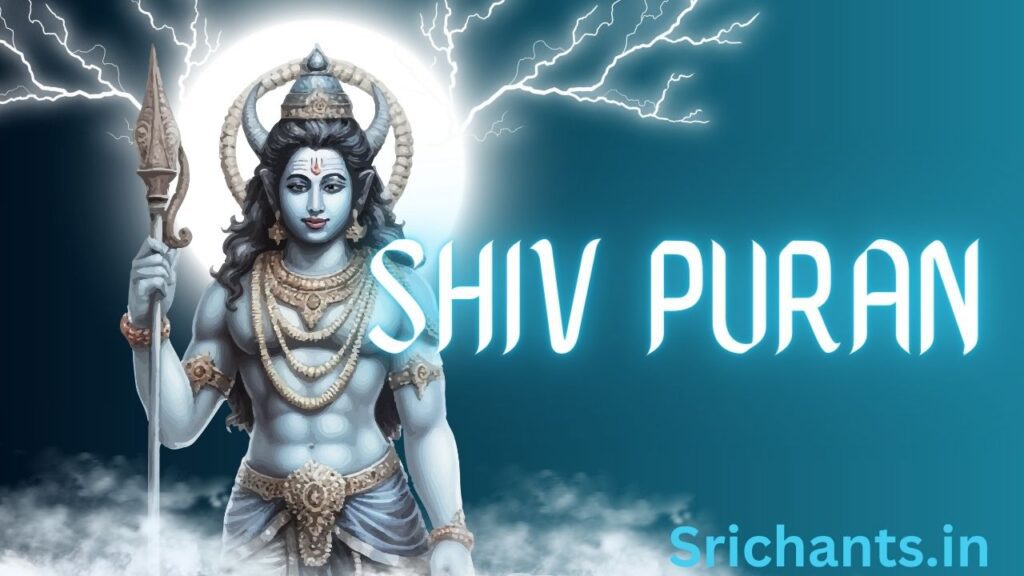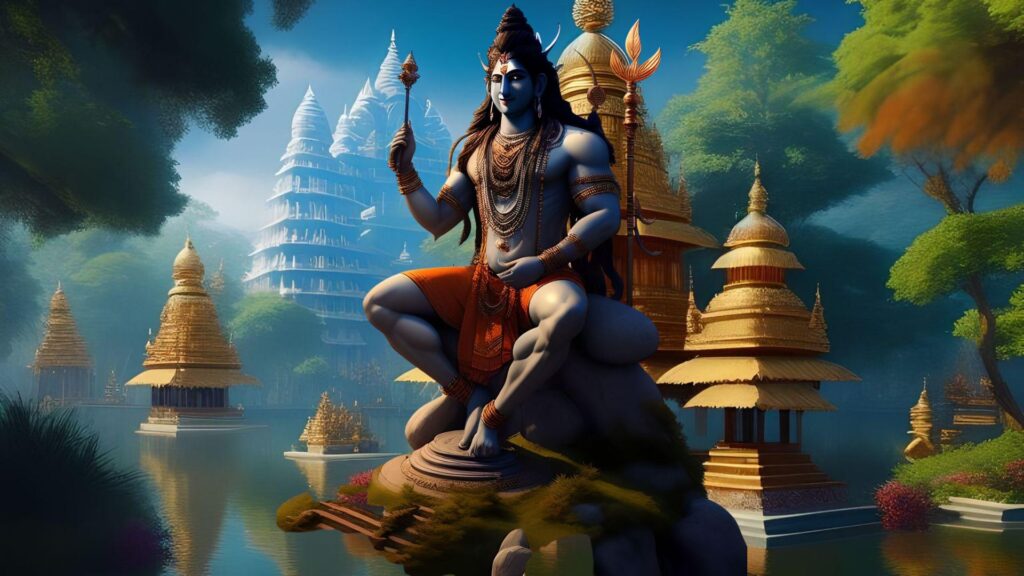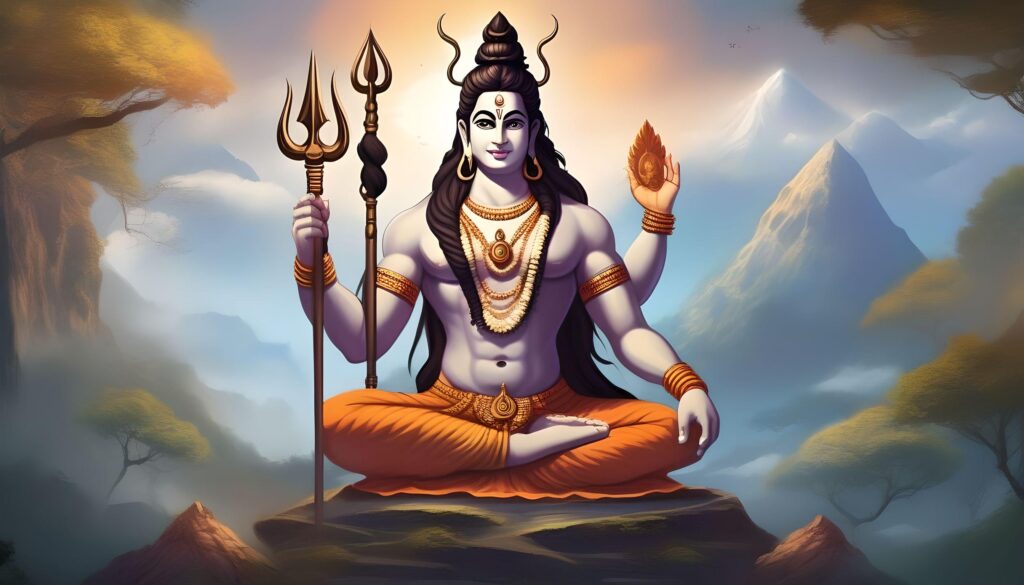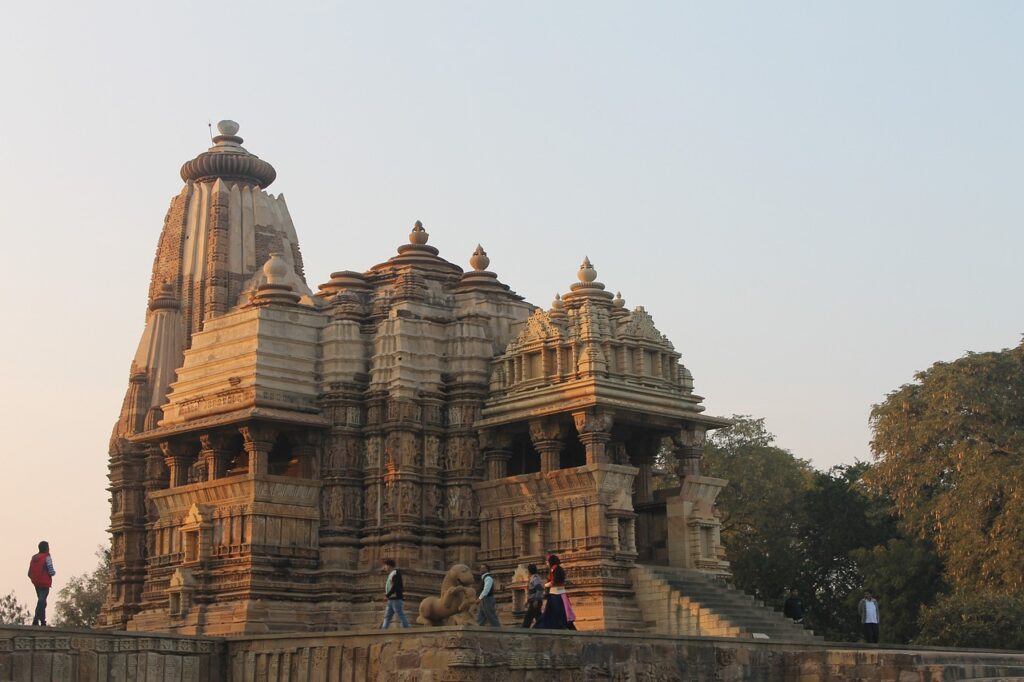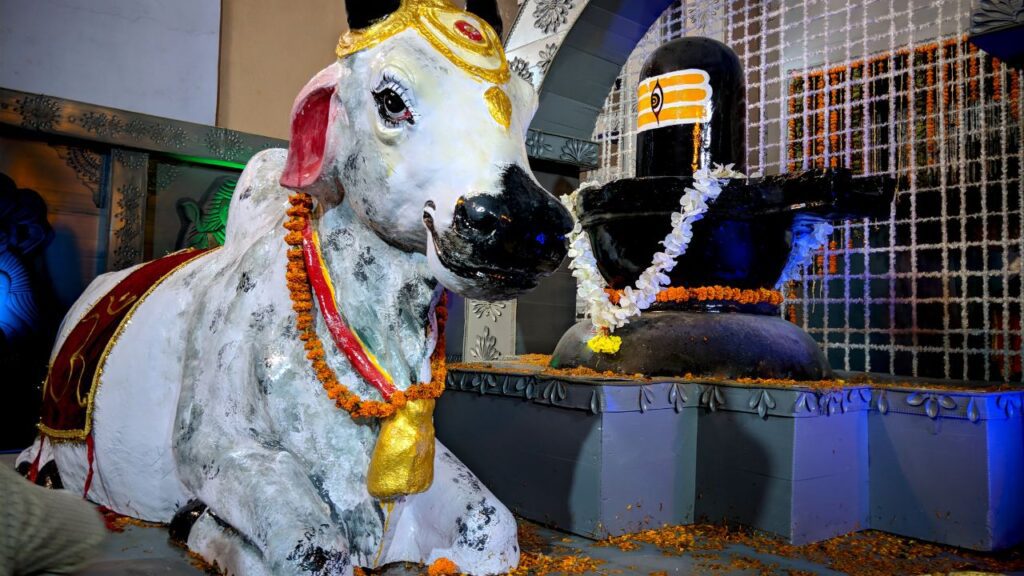Shiv Purana: Unveiling the Mysteries of the Sanskrit Scripture
Introduction
The Shiva Purana, a historically significant Hindu scripture, is venerated by millions. An extensive exploration of the mythology, cosmology, and philosophy pertaining to Lord Shiva, a highly venerated deity in Hinduism, is undertaken in this ancient Sanskrit scripture. Through its elaborate narrative and profound spiritual doctrines, the Shiva Purana provides an enthralling expedition into the domain of the divine. This article will examine the various components, origins, manuscripts, contents, and references that are linked to the Shiva Purana.
Unearthing the Origins
The historical provenance of the Shiva Purana can be identified in ancient India, specifically during the 4th century CE. Its geographical provenance is commonly attributed to the Shaivism-dominated region of Kashmir. The Shiva Purana is classified as a Purana, which is a genre of Hindu scriptures devoted to recounting the divine narratives of goddesses and gods. The Shiva Purana, being one of the eighteen Mahapuranas, occupies a significant position within the Canonical Hindu scriptures.
Different Manuscripts of the Shiva Purana
As a result of the numerous translations and adaptations that occurred over time, the Shiva Purana was composed of numerous manuscripts. Composed in various languages, these manuscripts offer significant contributions to our understanding of the cultural significance and diversity of this sacred text. Notable versions of the Shiva Purana include the following:
- Sanskrit: The original version of the Shiva Purana is written in Sanskrit, the ancient language of India. This manuscript serves as the foundation for all subsequent translations and interpretations.
- Assamese: The Shiva Purana is also available in the Assamese language. The Assamese version brings the divine stories of Lord Shiva closer to the people of Assam, fostering a deeper connection with their cultural heritage.
- Bangla: Another regional adaptation of the Shiva Purana is found in the Bangla language. This version caters to the Bengali-speaking population, allowing them to explore the mystical world of Lord Shiva in their native language.
- Gujarati: The Shiva Purana has been translated into Gujarati, bringing the wisdom and teachings of Lord Shiva to the Gujarati-speaking community. This version allows devotees to immerse themselves in the divine tales of Shiva in their mother tongue.
These are just a few examples of the different manuscripts of the Shiva Purana, each contributing to the vast tapestry of Hindu literature and culture.
Delving into the Contents
The Shiva Purana contains profound philosophical insights, spiritual teachings, and divine narratives. It is structured into numerous Samhitas, which are sections or volumes. Every Samhita directs its attention towards a distinct facet of Lord Shiva and his celestial enactments. We shall now delve into the substance of the Shiva Purana:
Book 1: Vidyesvara Samhita
The Vidyesvara Samhita contains discourse pertaining to the cosmic genesis, the divine presence of Lord Shiva, and his multifarious functions as the destroyer, creator, and preserver. Rituals, petitions, and hymns devoted to Lord Shiva are also incorporated.
Book 2: Rudra Samhita
The narratives of creation, the nativity of Lord Shiva, his matrimonial union with Goddess Parvati, and their celestial union are explored in the Rudra Samhita. It illuminates the enormous power and compassion of Lord Shiva through an examination of his many forms and facets.
Book 3: Shata Rudra Samhita
The Shata Rudra Samhita elevates the importance attributed to the veneration and devotion to Lord Shiva. Various festivals, rituals, and petitions are delineated for the purpose of eliciting the blessings of Lord Shiva among devotees.
Book 4: Koti Rudra Samhita
The Koti Rudra Samhita recounts the heroic exploits of Lord Shiva, including his confrontations with demons, sages, and gods. It demonstrates the formidable might of Lord Shiva and his position as the guardian of moral rectitude.
Book 5: Uma Samhita
The sacred feminine aspect of Lord Shiva, symbolized by his consort, Goddess Uma or Parvati, is the central theme of the Uma Samhita. The text delves into the celestial order’s interpretation of the significance of Goddess Uma and her function in bestowing favors upon devotees.
Book 6: Kailasa Samhita
The Kailasa Samhita offers comprehensive depictions of Mount Kailash, the sacred dwelling of Lord Shiva. The spiritual significance of these sacred locations and pilgrimage sites associated with Lord Shiva are also covered.
Book 7: Vayaviya Samhita
The Vayaviya Samhita explores the fundamental tenets of ethical behavior and dharma (righteousness). It examines the repercussions of one’s actions and the significance of living a virtuous existence.
The following are only a few notable points extracted from the comprehensive Shiva Purana. Each Samhita provides distinct perspectives on the teachings, divine nature, and cosmic order of Lord Shiva.
References and Further Reading
For those eager to delve deeper into the world of the Shiva Purana, here are some recommended references:
- Bibliography: The Shiva Purana has been extensively studied and analyzed by scholars and researchers. Exploring the bibliography section of academic works on the Shiva Purana can provide valuable insights and references for further reading.
- External Links: Online platforms such as Wikipedia offer a wealth of information on the Shiva Purana. You can explore the references and external links section of the Wikipedia page dedicated to the Shiva Purana for additional resources.
- Research Papers and Journals: Academic journals and research papers focusing on Hinduism, mythology, and religious studies often contain in-depth analyses and interpretations of the Shiva Purana. These sources can provide nuanced perspectives and scholarly insights.
Conclusion
The Shiva Purana serves as a testament to Hinduism’s profound spiritual heritage. Amidst a global following, its narratives, teachings, and philosophical insights persistently motivate and direct millions of devotees. The Shiva Purana establishes a more profound bond with devotees of diverse linguistic backgrounds by means of its numerous manuscripts and translations, thereby facilitating a stronger affinity with Lord Shiva and the intricate fabric of Hindu mythology. As you commence your endeavor to delve into the profound depths of the Shiva Purana, may its sacred verses grant you comfort, enlightenment, and divine favor.
